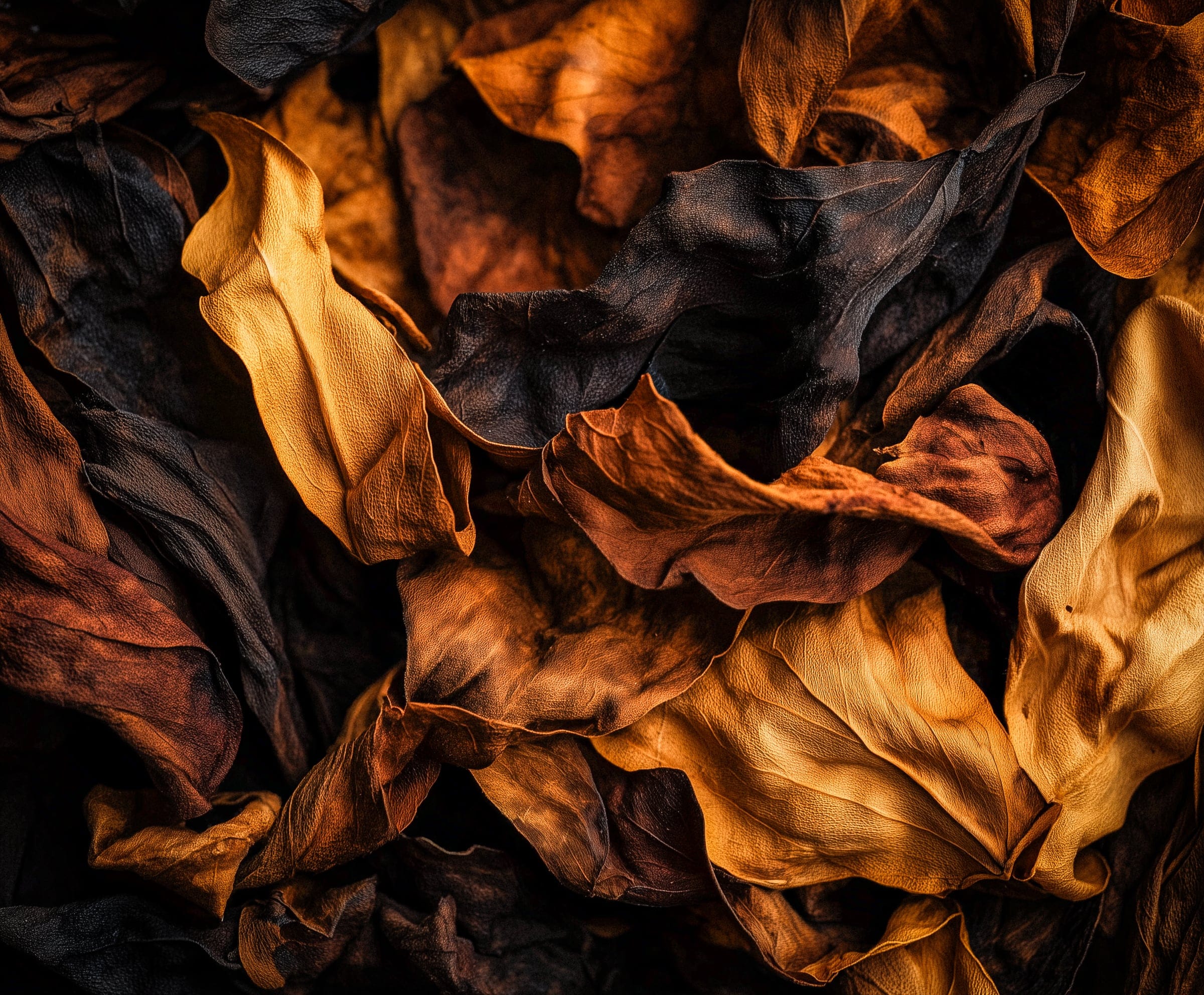
Nicotiana tabaccum
Tobacco
Aura
Rich, Warm & Sophisticated
Scarcity
Precious
~ £6000.00 for 1kg of Tobacco Absolute
Longevity
Base Note
Originated
Tropical South America, likely in the Andes
Tobacco in perfumery is not the acrid burn of cigarettes, but the dark smoulder of mahogany-paneled rooms, vintage leather, and honeyed words. Its texture is rich and smooth like aged whisky straight from a forgotten barrel. Luxurious, seductive, and evocative, tobacco is one of the most beautiful base notes in high perfumery.
“Beneath the sun, leaves curl and darken, waiting to be set aflame...”
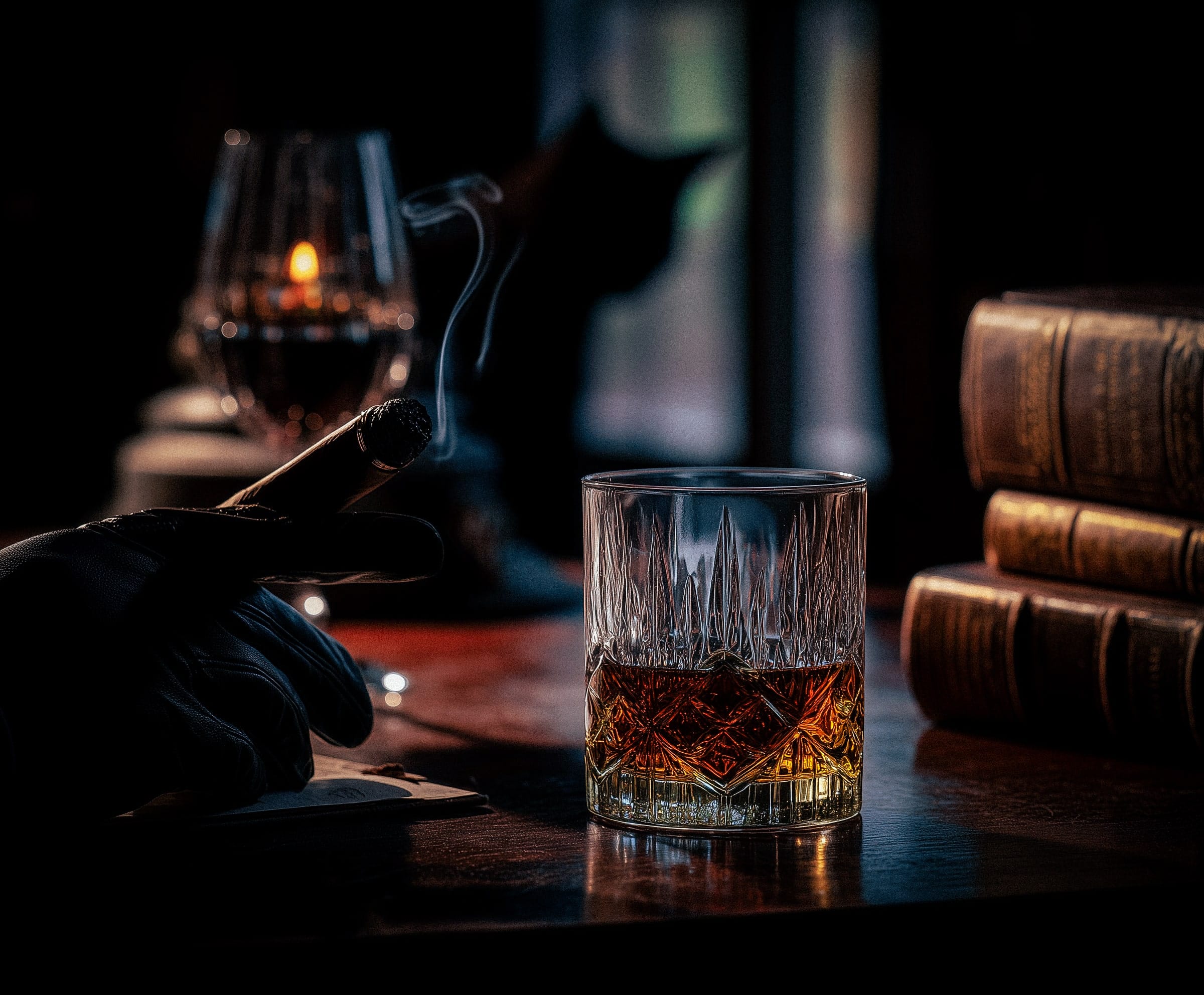
“Old-world luxury & Rebellion”
What Does Tobacco Smell Like in Perfume?
Notes
Honeyed, Caramel, Sweet, Woody, Resinous, Leather, Herbaceous, Chocolate
When you hear “Tobacco,” we know what you’re thinking. But cast aside the stale reek of cigarettes - this is something entirely different. Natural tobacco is smooth and opulent, unfolding in layers of molten honey and blackened molasses, with hints of dried fruits and supple leather rising from the shadows.
Its woody soul cuts through like embers smouldering in a forgotten hearth, rich with smoke and memory. At times it leans spiced, rounded, and almost narcotic - the scent of a distilled autumn day, decadent and dangerously inviting, like velvet steeped in firelight.
What pairs well with Tobacco?
Tobacco has an earthy, almost animalic depth that pairs perfectly with sweeter notes like vanilla or tonka bean. You can amplify the darkness of tobacco with spiced notes, like cinnamon and clove, or take a more traditional direction with woodsy pairings like sandalwood.
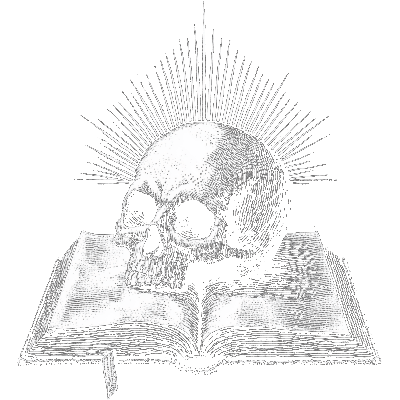
WORDS FROM THE FOUNDER'S GRIMOIRE
“To me, Tobacco speaks of leather-bound secrets, candlelit seduction & smouldering glances across forbidden rooms. I use it when I want a fragrance to feel lived-in, dangerous, and raw..."
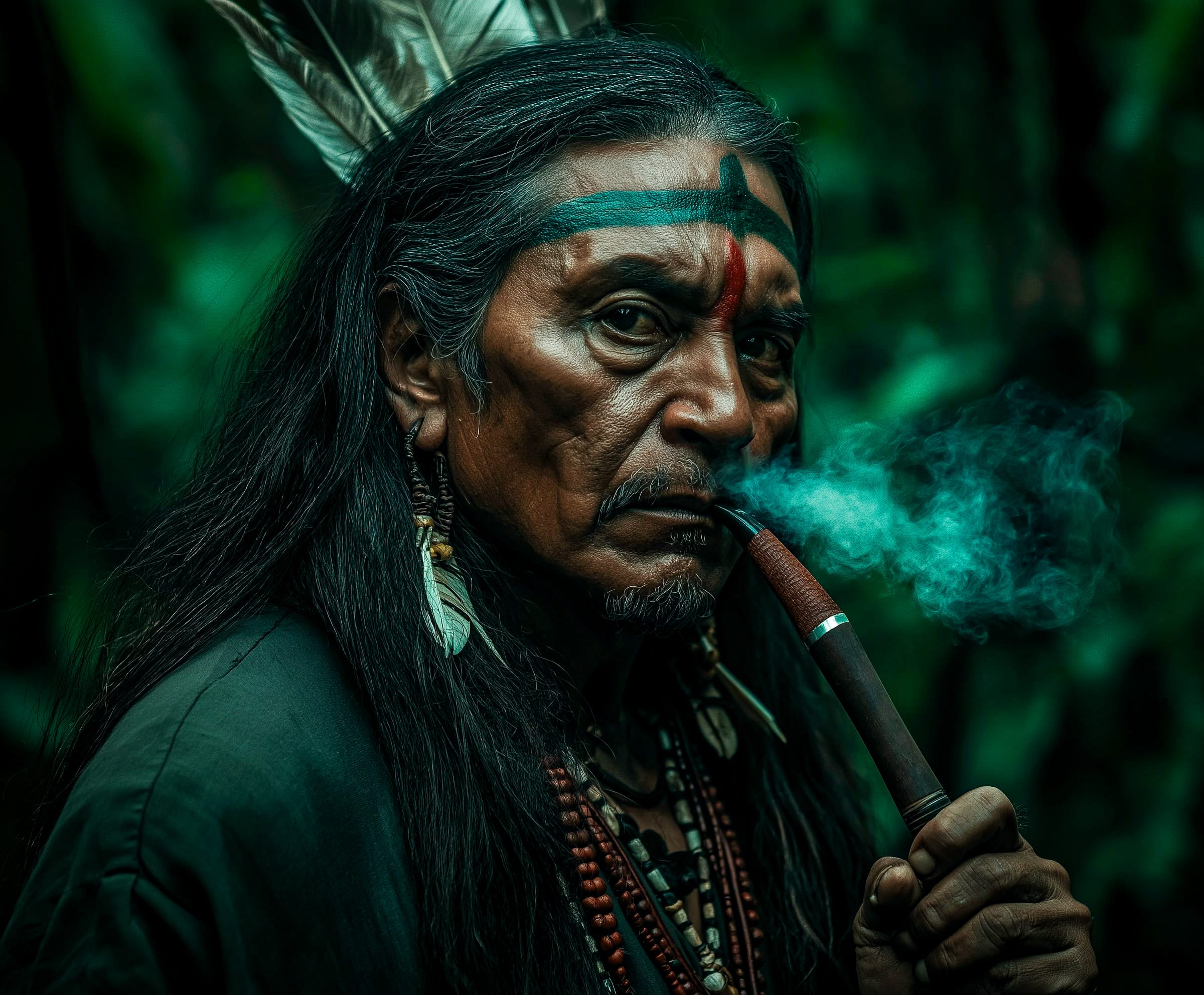
“Sacred rituals & divine ceremonies”
The dark origins of Tobacco
Long before it became a global commodity, tobacco was a plant of deep reverence and meaning. For thousands of years, it was woven into the cultural, spiritual, and medicinal practices of Indigenous peoples across the Americas. Far from being a casual indulgence, tobacco held a place of honour — a plant believed to carry messages to the spirit world, to mark agreements between people, and to heal both body and soul.
Ancient Origins
Archaeological discoveries reveal that humans in the Americas were using tobacco as early as 12,300 years ago — an astonishing 9,000 years earlier than previously believed. Its presence in ancient hearths and burial sites speaks to its enduring significance, long before written history. This early use underscores tobacco's deep roots in human culture, not as a mere crop, but as a sacred companion plant.
Sacred & Ceremonial Use
For many Indigenous nations, tobacco was — and remains — a vital element of spiritual practice. It was burned as an offering, smoked in pipes during council meetings, or carried as a talisman. Its cultivation often followed strict ceremonial protocols, with songs, dances, and blessings marking each stage from planting to harvest. Leaves were sometimes blended with other botanicals, creating unique ceremonial mixtures imbued with cultural meaning.
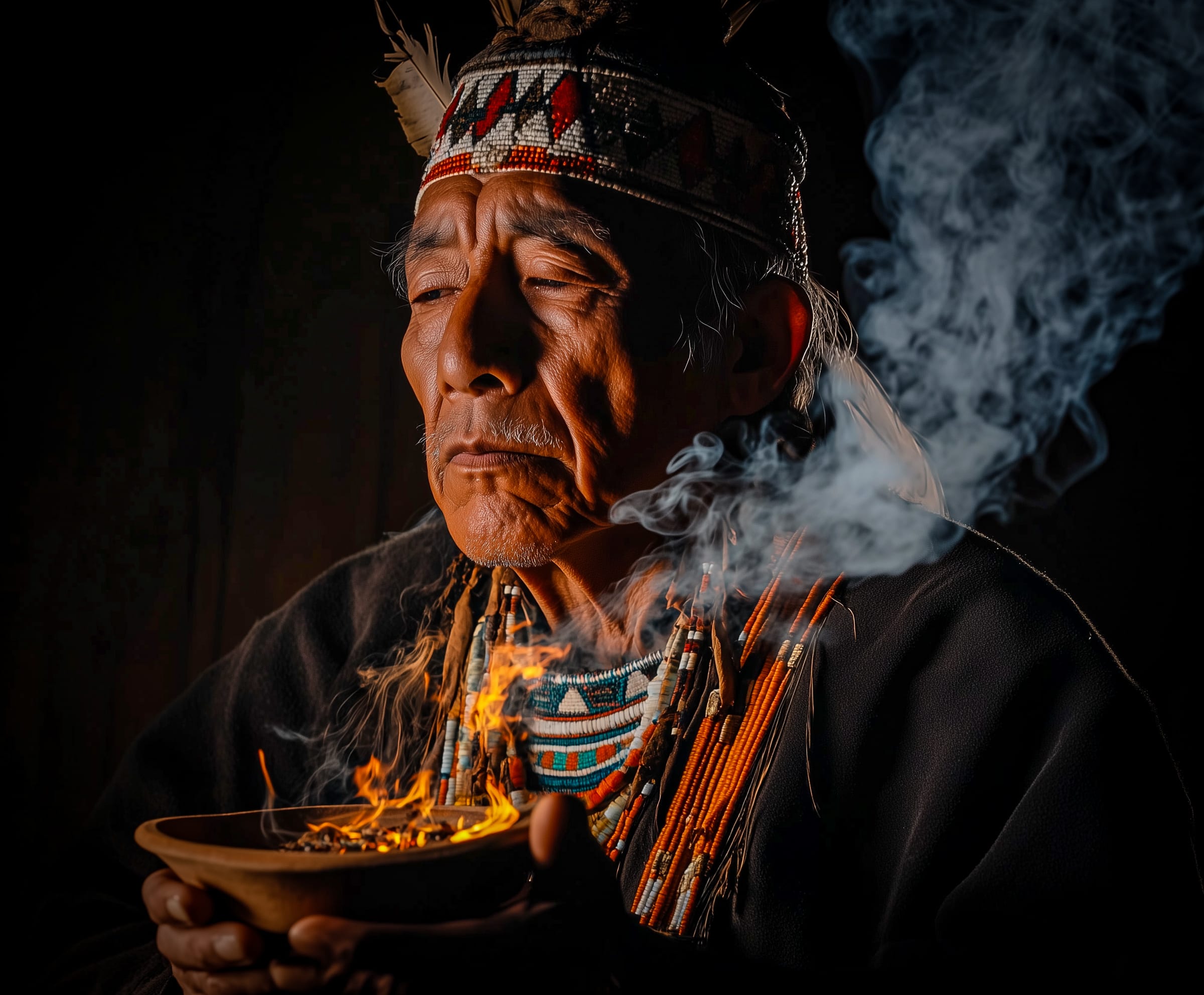
“A bridge between the living & the dead”
Traditions & forbidden uses of Tobacco
A Sacred Gift
In many Native American cultures, tobacco is a sacred gift, believed to strengthen communication with the spirit world. The smoke is also believed to carry prayers and messages to the spirits and ancestors.
Tobacco's Taboo
While tobacco is considered sacred in some contexts, it has also faced significant prohibition in others. In 1590, Pope Urban VII banned tobacco, threatening excommunication for smoking within churches. This is thought to be the first recorded restriction of tobacco in history.
The Humble Pipe
The sacred pipe, or calumet, is a significant ceremonial object among America's Indigenous peoples. The bowl represents Mother Earth, the stem symbolises connection between realms, and the smoke embodies prayers offered to the Great Spirit.
“Nothing is more pleasant to the taste, than to be continually perceiving some new thing, as we do in the smelling of tobacco.”
Francis Bacon ~ 1625
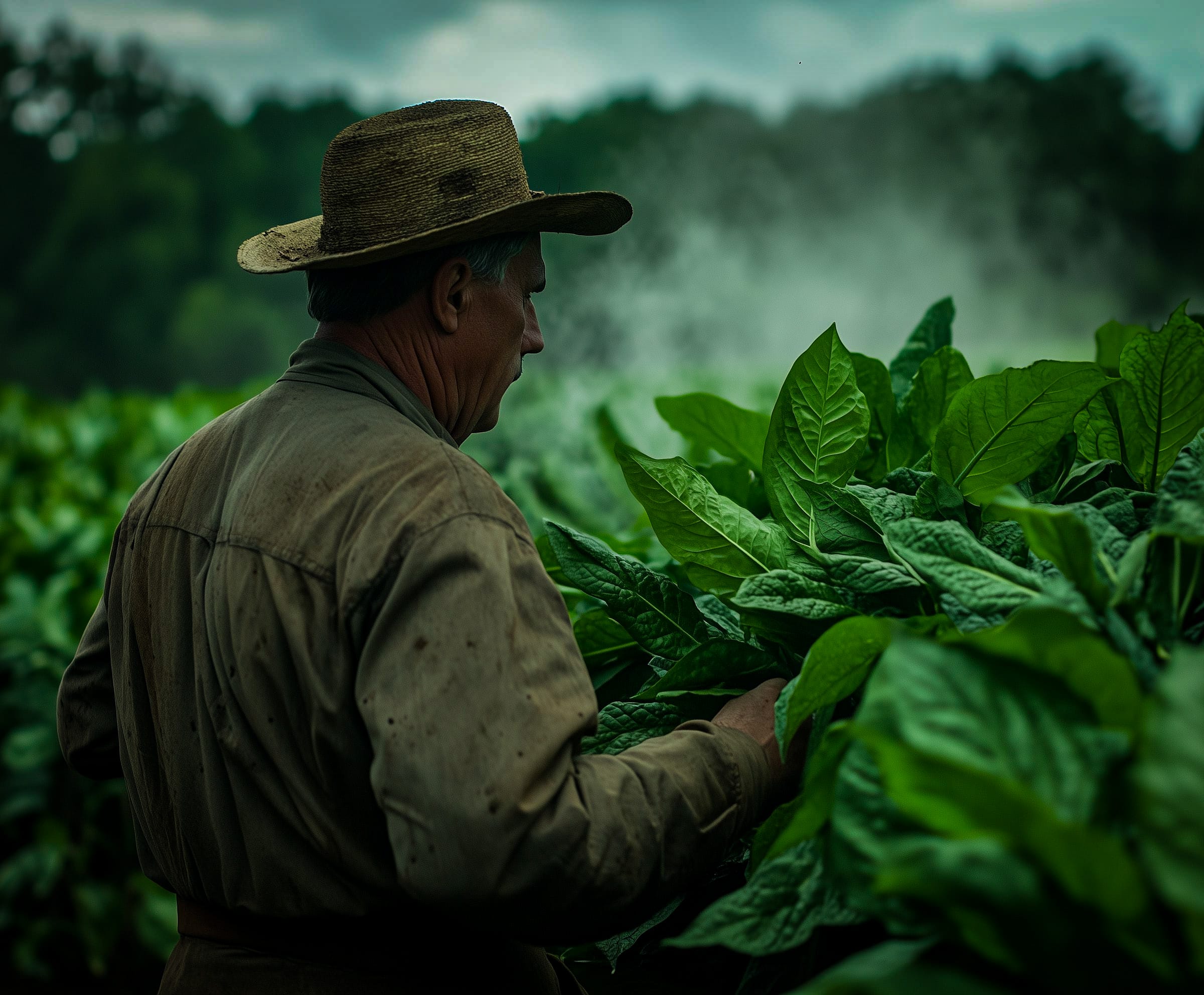
"Prized by perfumers"
Where is perfumery grade Tobacco grown?
Bulgaria (Balkans)
Today’s primary source of high-quality Tobacco for perfumery. Balkan tobaccos are prized for their golden, honeyed, and hay-like depth, and many respected natural suppliers offer absolutes distilled from Bulgarian leaves.
Turkey (Izmir types)
Sun-cured tobaccos from Turkey bring a dry, aromatic richness with subtle spice. These small, delicate leaves create absolutes with a mysterious, incense-like character, sometimes sold simply as Turkish Tobacco Absolute
France (Grasse & countryside)
Smaller, more artisanal harvests of French tobacco can be found in the perfume capital of Grasse and its surrounding countryside. These materials carry a refined, resinous warmth, with producers keeping the old traditions alive.
USA (Kentucky / Virginia types)
American tobaccos, especially dark fire-cured Kentucky and flue-cured Virginia, add a smokier, leathery profile to perfumery. Often referred to as Kentucky Tobacco Absolute, they lend depth and intensity, a nod to the bold heritage of American leaf.

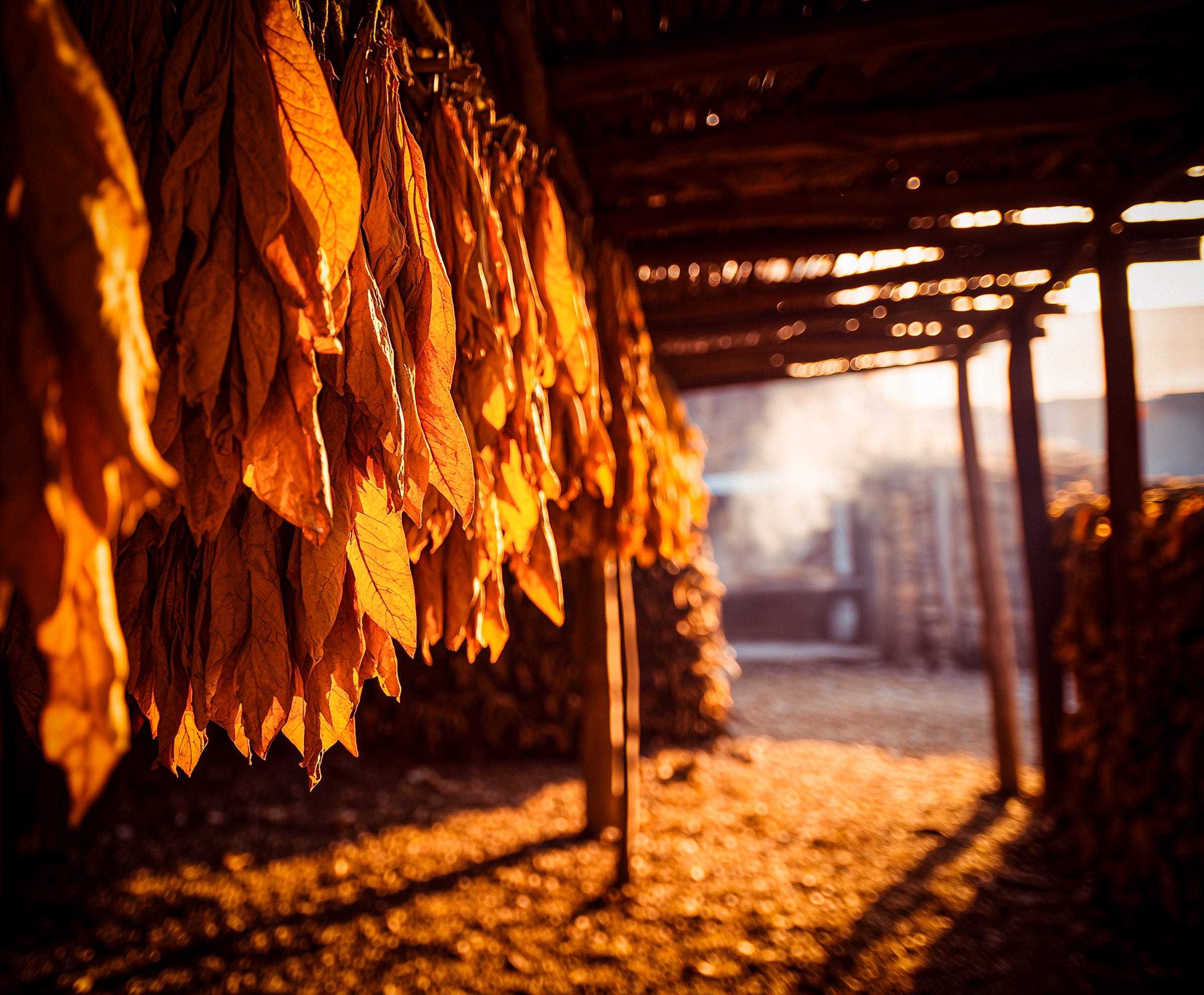
“The Devil's weed”
Cultivating & Harvesting Tobacco
1. Sowing & Seedlings
Tobacco begins as a seed no larger than a grain of sand. These tiny seeds are sown in carefully prepared seedbeds and nurtured into delicate seedlings. The young plants demand warmth, moisture, and protection until they are strong enough to be transplanted into the field. At this stage, the grower’s hand is essential — tending the fragile shoots so they establish deep roots for the season ahead.
2. Field Cultivation & Leaf Development
Once in the soil, tobacco thrives in sunlit fields. Each plant is spaced apart so its broad leaves can spread and breathe. Farmers cultivate the earth around the stalks, pulling weeds and maintaining the balance of water and nutrients. Over the months, the plants rise into statuesque forms, their leaves thickening with resin, sugars, and aromatic compounds that will one day become the raw essence of perfumery.
3. Harvesting & Curing the Leaves
When the leaves reach maturity — supple & heavy — they are harvested by hand in stages from the bottom upward. Once harvested, the leaves are hung in ventilated barns or laid on wooden racks, where controlled air-drying or gentle heat transforms their raw green aroma. This curing stage allows the natural sugars & aromatic resins to develop fully, creating the rich olfactory profile perfumers prize.
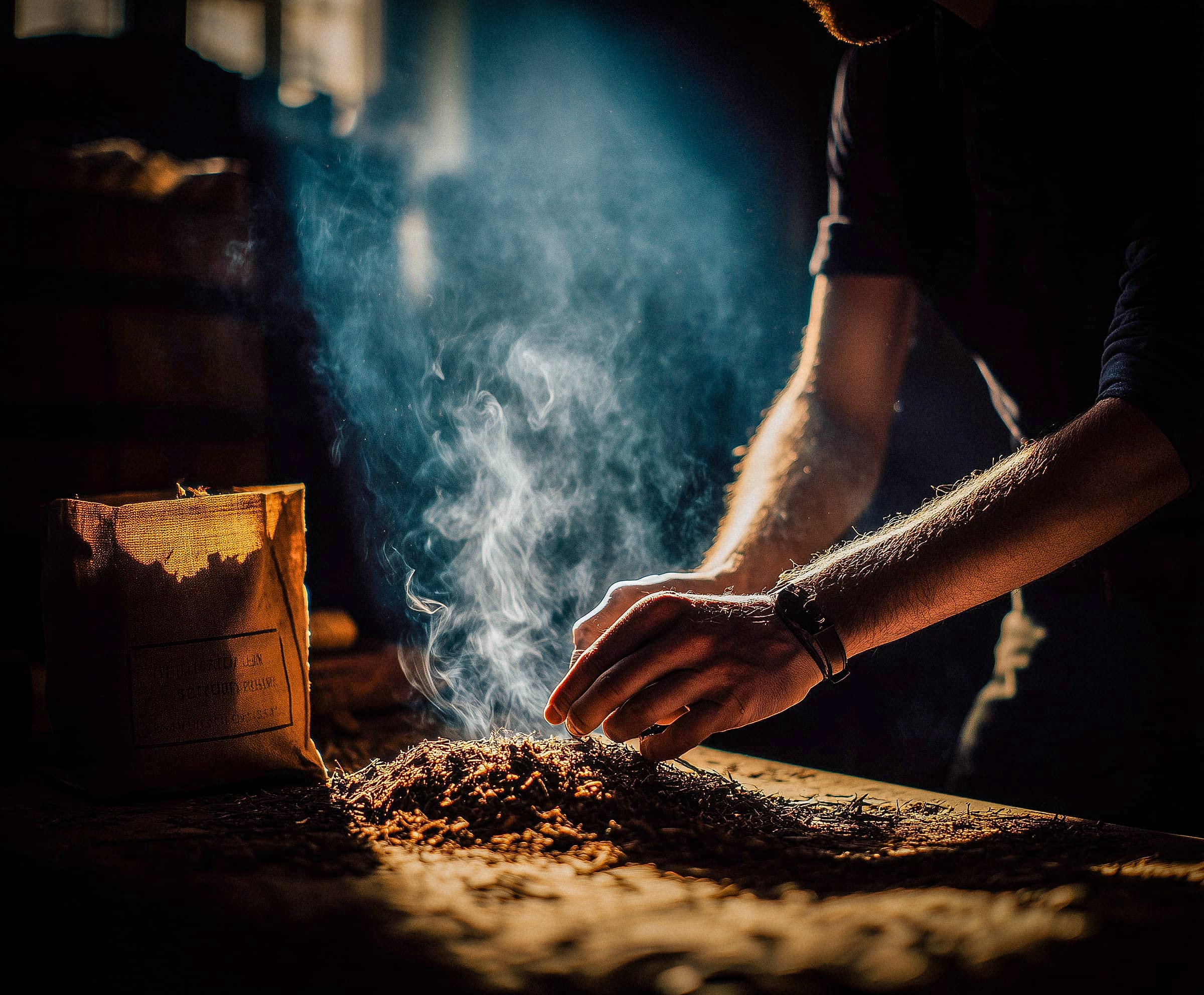
“From leaf to elixir”
Extracting the essence of Tobacco
Once harvested, the leaves are hung in ventilated barns or laid on wooden racks, where controlled air-drying or gentle heat transforms their raw green aroma into deep, nuanced tones of honey, hay, and leather. This curing stage allows the natural sugars and aromatic molecules to develop fully, creating the rich olfactory profile perfumers prize.
Absolute Extraction
In perfumery, the most traditional method is solvent extraction, where cured leaves are treated with carefully chosen solvents to produce a dense, aromatic material known as a concrete. This is then refined to remove waxes and non-aromatic components, yielding the highly concentrated tobacco absolute. The result is an opulent, dark essence - sweet, smoky, and complex - used sparingly for its intensity.
CO2 Extraction
A more modern technique, supercritical CO₂ extraction, uses carbon dioxide under high pressure and low temperatures to draw out the aromatic compounds without the need for harsh solvents. This produces a cleaner, lighter extract, often with fresher, greener nuances compared to the richness of the absolute, making it ideal for perfumers seeking a brighter tobacco note.
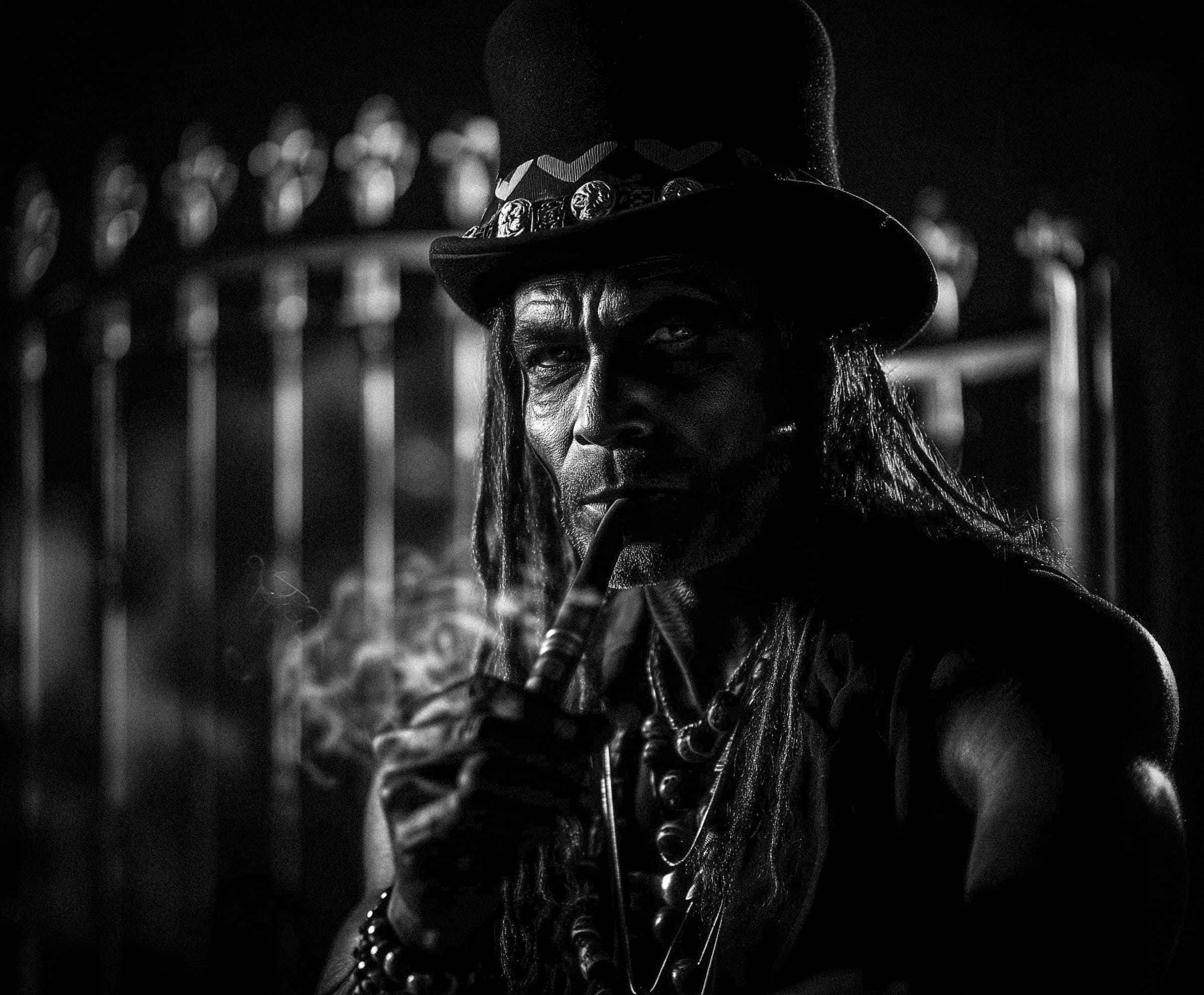
“The Devil's weed”
Dark Lore & Occult Ties of Tobacco
Indigenous tribes of the Americas, such as the Cherokee and the Hopi, used tobacco in ritual smoke offerings to communicate with spirits. It was believed to purify the soul and act as a bridge between the living and the dead.
The Underworld Connection
In Haitian Vodou, Papa Legba, the loa (spirit) of crossroads, is often depicted smoking a Tobacco pipe or cigar.
The Devil's Weed
In Christian demonology, tobacco was sometimes called "the Devil's weed," associated with sinful indulgence and the corruption of the soul. Some believed it was a substance introduced by Satan to lead people into addiction and vice.
Gothic Literature & Decadence
The image of a darkly handsome aristocrat, swirling a glass of cognac in one hand and a lit cigar in the other, is a staple of gothic fiction. Figures like Dorian Gray or Dracula are often depicted amidst clouds of opulent, scented smoke, symbolizing luxury and decay.
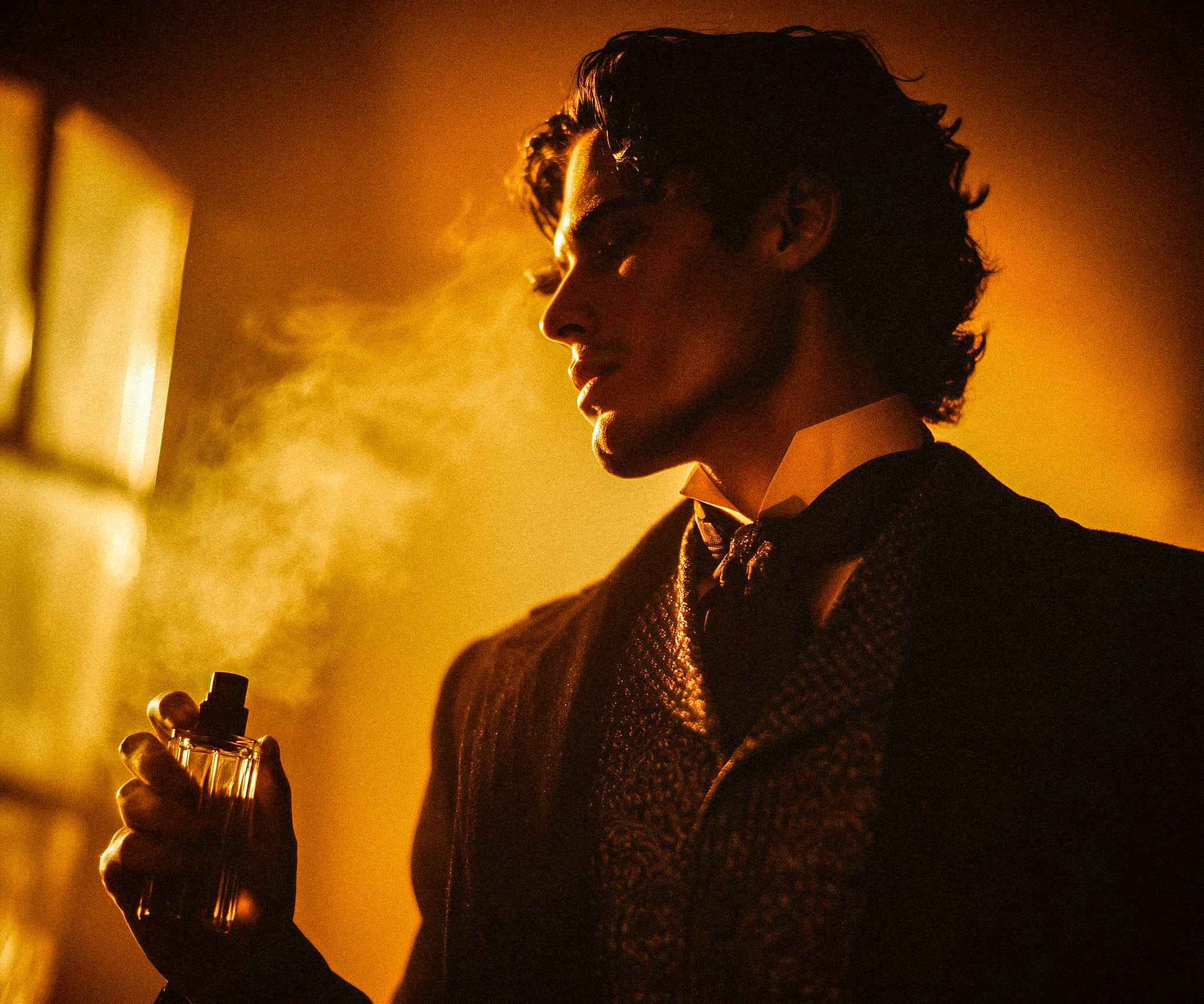
“A most distinctive ingredient”
The legacy of Tobacco in Perfume
First notable appearance in a perfume.
1919 ~ “Tabac Blond” by Caron
Tobacco's smoky essence wasn't truly appreciated until the 19th century. Its landmark use was in Caron's “Tabac Blond” in 1919, often credited as the first major perfume to feature tobacco as its heart note.
Modern Perfumery
In modern perfumery, tobacco's distinctive character is often included in niche, artisanal compositions, appealing to those who seek scents outside the expected. It's no wonder tobacco remains one of our most requested notes - see how we've reimagined it in our own dark creations.

Made in England. Vegan. Cruelty-free.



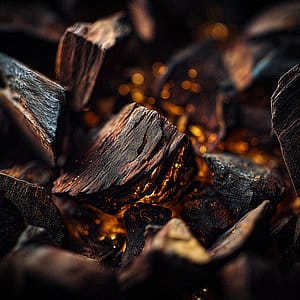 Oud
Oud 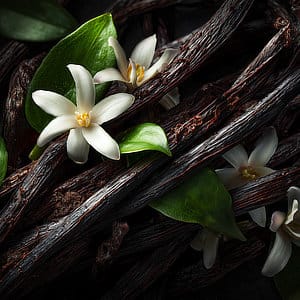 Vanilla
Vanilla